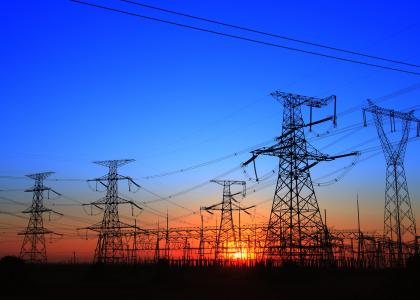Recently, the Department of Energy (DOE) and the White House Office of Science and Technology released the second Quadrennial Technology Review, or QTR. The 489 page tome bears resemblance to many other government reports that are too often relegated to the TL;DR file—too long; didn’t read. That would be unfortunate for those of us who care about the future of energy efficiency technologies.
The report contains a wealth of numbers about energy use and the technologies that can affect the future of energy efficiency in the US economy, and it presents four trends:
- Convergence. All sectors of the economy are becoming increasingly interdependent.
- Diversification. Energy sectors are shifting to diversified, distributed resources—a trend that ACEEE has been seeing in state and local energy planning.
- Confluence. Computing power and simulation are ushering in a new era of “systems by design,” much the same as the concept of intelligent efficiency that ACEEE has been advancing.
- Efficiency everywhere. Energy efficiency is a critical element in achieving national energy security, cost, and environmental goals—a theme that is at the core of our Energy Efficiency as a Resource Conference that took place last week in Little Rock.
The report highlights the role of energy technology in all parts of the energy production and consumption chain, including energy supply, buildings, manufacturing, and transportation and vehicles, with an emphasis on the shift from component performance to optimization of systems. Importantly, the QTR provides a roadmap for research, development, demonstration, and deployment of energy technologies. Secretary Moniz and Undersecretary Franklin Orr both indicated that DOE intends to use this report to guide its research efforts in the coming years.
While it may not be something everyone wants to read cover to cover, I recommend it to researchers as an important guide for future directions on energy efficiency technology. In particular, Chapter 5 focuses on building systems with an emphasis on smart buildings, an increasingly important element of the intelligent efficiency space, and Chapter 8 focuses on transport and vehicle systems and technologies.
Chapter 6 focuses on smart manufacturing, the topic of a recent ACEEE report. We are already seeing the roadmap aspect of this document reflected in the recent DOE solicitation for an innovation institute for smart manufacturing. We look forward to other announcements from DOE on activities that are set forth in this roadmap.




